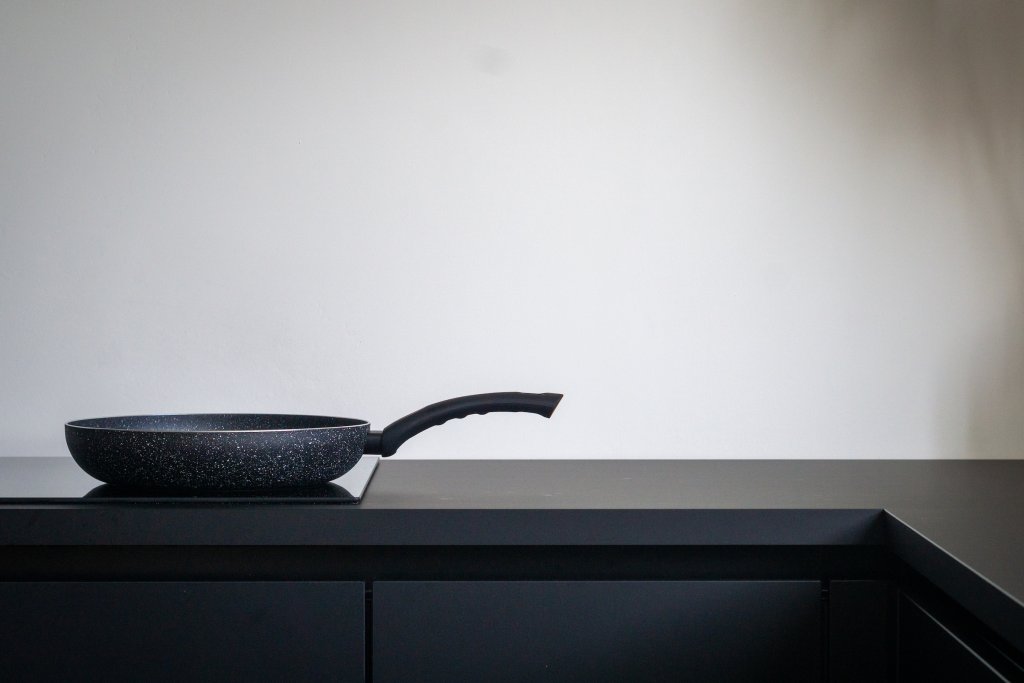
The kitchen is more than just a room where meals are prepared; it's a hub of creativity and a gathering place for family and friends.
Just as you select decor for your living room or bedroom, choosing art for your kitchen can enhance its ambiance and create a more inviting atmosphere. In this article, we'll explore the art of selecting art for your kitchen and how it can transform this functional space into a visual delight.
Understanding the Kitchen's Unique Aesthetic
Before delving into the world of kitchen art, it's essential to consider the unique aesthetic of this space. Kitchens often have a blend of practicality and style. They can feature various materials, colours, and textures, from sleek stainless steel appliances to warm wooden cabinets. This combination creates an opportunity for art to serve a dual purpose—decorative and functional.
Size and Scale: Begin by assessing the size and scale of your kitchen. Smaller kitchens benefit from smaller art pieces, such as prints or photography, while larger kitchens can accommodate more substantial artworks, like paintings or wall sculptures. Consider the proportions and layout of the space when selecting the size of your art.
Colour Palette: Observe the dominant colours in your kitchen. Is it a monochromatic, neutral space, or does it feature vibrant hues? To create a harmonious look, choose art that complements the existing color palette. A colourful kitchen may welcome a piece of art with complementary or contrasting colours, while a neutral kitchen could benefit from a pop of colour.
Theme and Style: Consider the overall theme or style of your kitchen. Is it modern and minimalist, rustic and cozy, or something entirely unique? Art can be a powerful tool to reinforce or contrast with the kitchen's style. For instance, a contemporary kitchen could embrace abstract art, while a farmhouse-style kitchen might pair well with rustic or botanical-themed pieces.
Functionality: Kitchens are practical spaces, and art can serve a functional role beyond aesthetics. Some homeowners opt for magnetic boards, chalkboards, or corkboards that double as art. These multi-purpose pieces allow you to display artwork while also using them for grocery lists, recipes, or notes.
Choosing the Right Art for Your Kitchen

Now that you understand the unique characteristics of your kitchen, it's time to select the right art. Here are some tips to guide your decision-making process:
Personal Connection: Choose art that resonates with you. Your kitchen should reflect your personality and style. Whether it's a piece of art that evokes memories or one that simply brings you joy, it should have a personal connection.
Kitchen-Themed Art: Consider art that is specifically designed for the kitchen. This might include food-related art, culinary tools, or even vintage advertisements. Kitchen-themed art can add a playful and culinary touch to the space.
Contrast and Balance: Look for art that offers a contrast or balance with the existing decor. For example, if your kitchen features predominantly hard and sleek surfaces, soft and organic art like watercolors or botanical prints can introduce a sense of balance.
Framing and Presentation: Pay attention to how the art is framed or presented. The frame or display method can significantly impact the overall look. For a contemporary kitchen, consider frameless canvas prints, while ornate frames may suit a more traditional kitchen.
Gallery Wall or Statement Piece: Decide whether you want to create a gallery wall with multiple pieces or opt for a single statement piece. Both approaches can be effective, depending on your kitchen's size and layout.
Lighting: Proper lighting can accentuate your chosen art. Consider installing under-cabinet lighting or track lighting to illuminate your artwork, making it a focal point in the kitchen.
Caring for Kitchen Art
Art in the kitchen is subject to unique challenges, such as exposure to heat, steam, and food splatters. To keep your kitchen art in pristine condition:
Protective Coatings: Consider adding a protective coating, such as a clear varnish or acrylic cover, to your artwork. This will safeguard it from the rigours of kitchen life.
Regular Cleaning: Clean your art periodically to remove any accumulated grease or food residue. Be gentle and use a soft, lint-free cloth.
Proper Placement: Be mindful of where you place your art. Avoid hanging it directly above stovetops or other sources of heat and moisture to prevent damage.
In conclusion, selecting art for your kitchen is an opportunity to infuse personality and creativity into this vital space. With an understanding of your kitchen's unique characteristics and careful consideration, you can choose art that enhances both the aesthetics and functionality of your culinary haven. Whether it's a vibrant painting, a whimsical print, or a kitchen-themed masterpiece, the right art can turn your kitchen into a work of art itself.